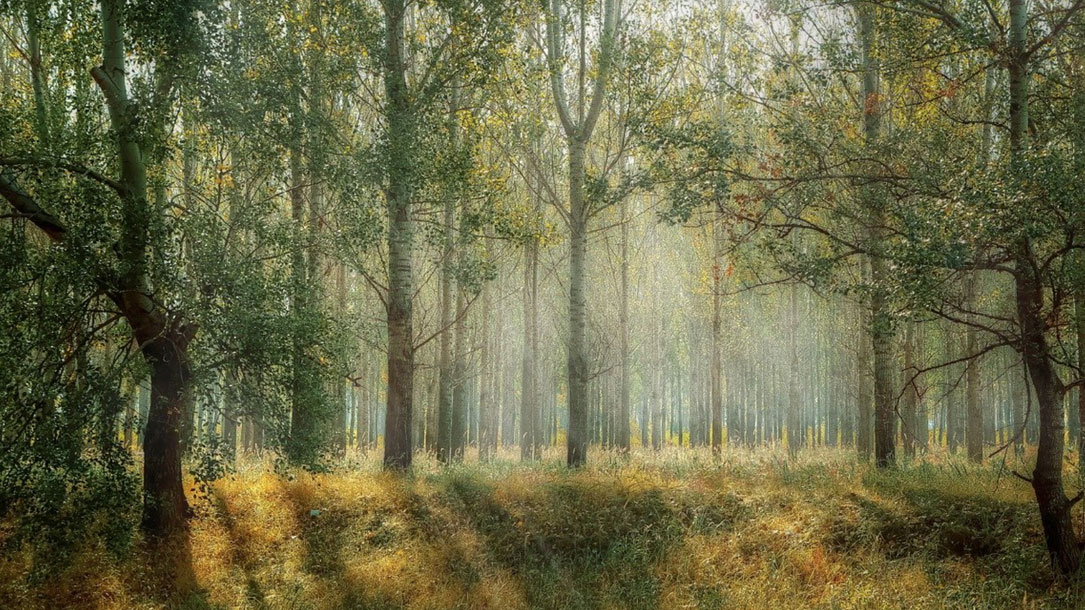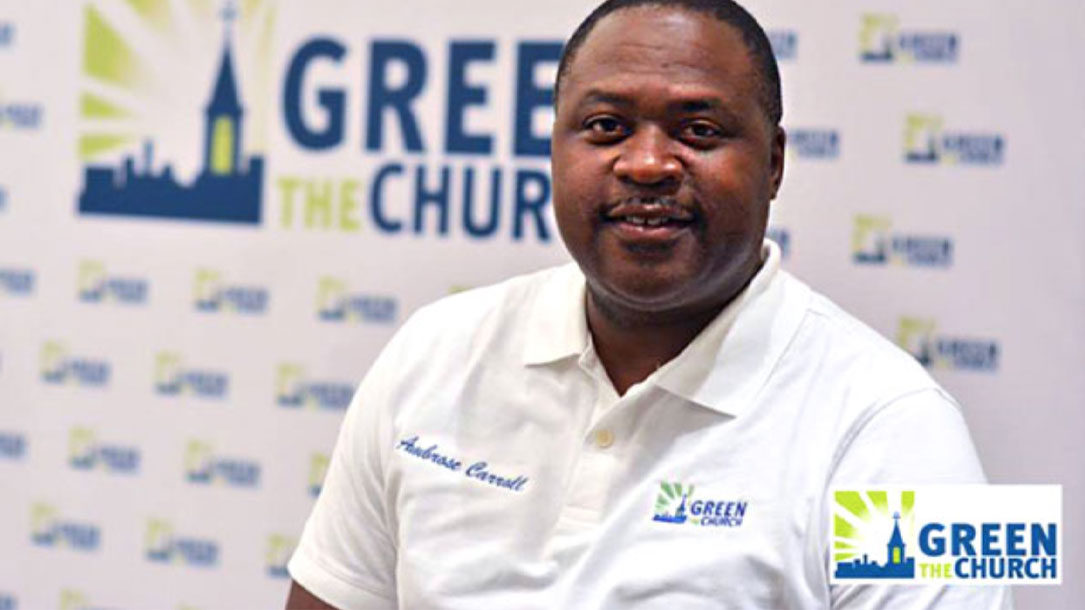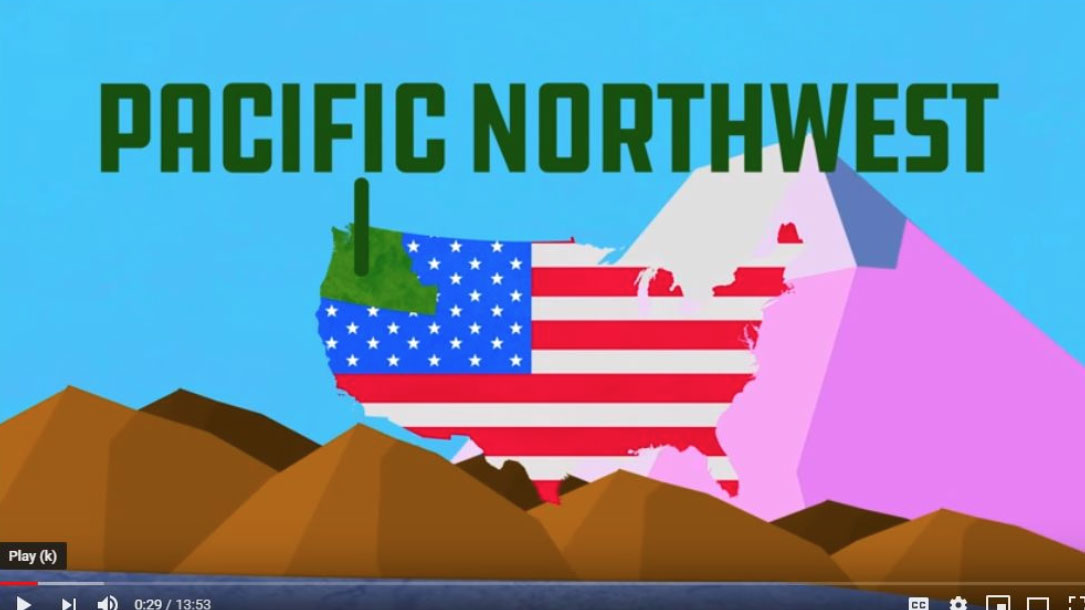Home > Climate News >

Leading on climate change solutions
“Forests are the best nature-based solution to climate change. Annually in the United States, forests and forest products capture and store almost 15 percent of the country’s carbon emissions from burning fossil fuels. They have the potential to capture nearly twice as much if we plant more trees, use climate-smart practices to manage our forests and take other actions.
And we are not just talking about big forests in national parks and rural mountain communities. Trees in metropolitan areas and small towns in the U.S. are responsible for almost one-fifth of the country’s captured and stored carbon emissions. They also shade buildings in the summer and block wind in the winter, which reduces the use of air conditioners and heaters—avoiding millions of tons of carbon emissions…”

Parks Are a Critical Solution to Climate Change
Parks mitigate the urban heat island effect, improve air quality, and absorb carbon from the atmosphere. They support local biodiversity and can act as buffer zones for flooding or mudslides. Parks add both important social and environmental infrastructure…
Urban parks are also important because they provide the foundation for urban forests, which help cities both mitigate carbon emissions and adapt to a changing climate. According to Jad Daley, CEO of American Forests, urban forests absorb some 100 million tons of carbon each year—about 2% of global greenhouse gas emissions. Trees found in these green areas can reduce energy use up to 7% because they provide wind blocks for homes in the winter and cooling in the summer…

If you’re feeling hopeless of late, remember that your work matters and you do too
“Hi everyone, the last few weeks have been rough. I was glad to end it with the #NonprofitHaiku contest to bring some levity and humor. A colleague on Twitter, though, pointed out the seriousness of all the challenges we face beneath the lightheartedness:
‘It’s a cute joke that there are raccoons in our supply closet. It’s hilarious. […] The conditions we work in, the demoralizing chaos and the barriers to success is literally killing people…'”

How do you convene your community on climate change? Here are some tips
The Climate Generation Climate Convenings Toolkit can help you organize a public gathering on climate change solutions in your community.
The Toolkit shares the essential elements for effective public conversations on climate change, as well as the practical tools for planning and implementing a convening in your community. The 20+ page guide is geared toward anyone interested in catalyzing deeper conversation, understanding, and action on climate change.

Pastor mobilizes black churches to act on climate
Reverend Doctor Ambrose F. Carroll says that African American churches are not often associated with environmentalism. But he wants to change that.
So, he founded Green the Church, a campaign to motivate environmental action at black churches. At Green the Church trainings, workshops, and conventions, faith leaders teach pastors and other church representatives the religious importance of protecting the earth. And, they provide strategies for engaging churches in renewable energy, food security, and environmental justice.

Film Series Featuring Climate Change: Woodstock Land Conservancy partners with community organizations
Inspired by Project Drawdown, which offers 100 practical solutions to reverse global warming, this year’s program focus is on the lifecycle of food and its components which rank high in their contribution to producing greenhouse gases. Woodstock Land Conservancy and others are providing a forum for people to address their impact.
Check out their film series in partnership with the Woodstock NY Transition, Woodstock Jewish Congregation, and Saint Gregory’s Episcopal Church for a monthly evening film, presentation, and discussion on four successive topics including regenerative agriculture, plant-rich diet, food waste, and composting.
They welcome a lively discussion about working together locally to make choices that lessen our impacts.
Presented the last Monday of the month from January through April, the Film & Discussion Series is free and open to all ages. Donations are welcome and help to support future programs.

We’re running out of time
“A widening madness threatens the world, only one thing can avert catastrophe, and we’re running out of time.
That’s no Hollywood action film trailer. It’s the sobering and all-too-real warning sounded by the world’s top climate scientists in an authoritative report released this week. We can still prevent runaway climate disaster, they conclude, but only by taking “rapid, far-reaching and unprecedented” action now to shift to cleaner, smarter ways to power our future. We can do this, the report says, but we have about a decade—tops—to get it right…”

Climate change is leading to unpredictable ecosystem disruption for migratory birds
“Climates have natural variation and we’re moving rapidly into territory where the magnitude of climate change will consistently exceed this variation,” says lead author and Cornell Lab researcher Frank La Sorte.
“There will be no historic precedent for these new climates, and migratory bird populations will increasingly encounter ‘novel’ climatic conditions. The most likely outcome will be a period of ecological disruption as migratory birds and other species try to respond or adapt to these new conditions…”

How is climate change impacting your area?
If you are looking for a way to share the impact of climate change, with a trusted messenger and someone skilled in climate communications, check out Dr. Katharine Hayhoe’s Global Weirding video series. You’ll see videos for the northeast, midwest, southwest, and Canada—as well as this one for the pacific northwest.
These videos can be a great way for you and your local conservation organization to share climate messages in their e-News and social media. She knows how to talk to conservative audiences. See what you think…

How much carbon can forests absorb? Michigan research in partnership with land trusts and conservation groups
Leelanau Conservancy and Little Traverse Conservancy have partnered with a number of local watershed groups and the University of Michigan to create Nature Change—Conversations about Climate and Conservation.
In this short video, forest ecology researcher Dr. Luke Nave (University of Michigan Biological Station) describes recently completed research to quantify the amount of carbon captured from the atmosphere by areas of reforestation throughout the United States. In referring to reforesting land, Nave says that includes areas that once were cultivated and areas that experience forms of deforestation such as fire.
Using well-documented research data and direct measurements, Nave and his colleagues focused only on those areas that are being reforested…












